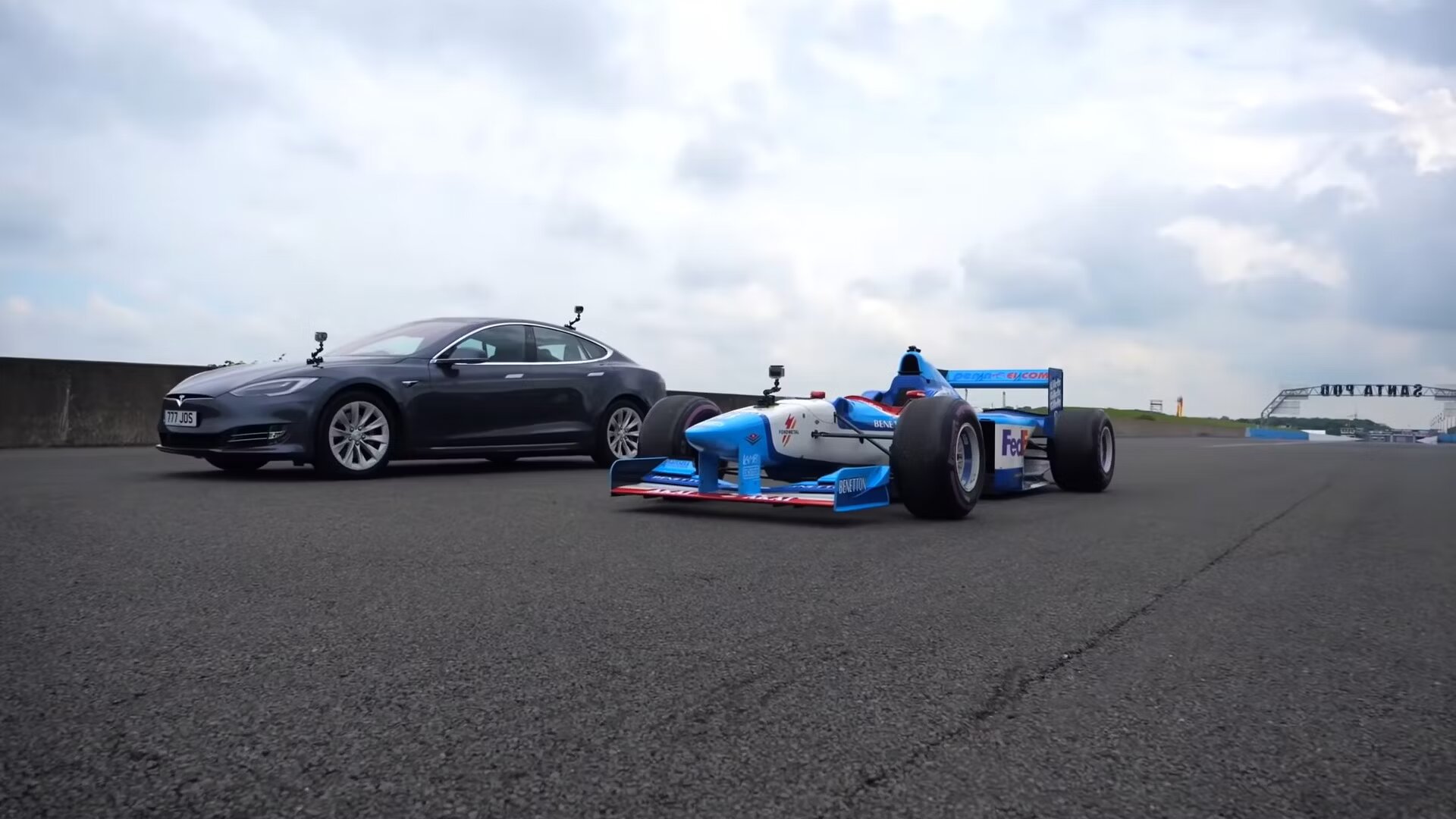In the ever-evolving landscape of digital marketing, paid advertising on social media has become a cornerstone strategy for brands aiming to reach their target audiences effectively. As the digital world continues to advance, it’s crucial to understand the trends, technologies, and strategies that will shape the future of paid advertising on social media.
The Current Landscape
Paid advertising on social media platforms like Facebook, Instagram, Twitter, LinkedIn, and TikTok has become a multi-billion-dollar industry. Brands invest heavily in these platforms to leverage their vast user bases and sophisticated targeting capabilities. The ability to deliver highly personalized and engaging ads has made social media advertising an indispensable tool for marketers.
The Power of Data
One of the primary reasons for the success of paid advertising on social media is the wealth of data these platforms collect. User behavior, interests, demographics, and engagement patterns provide advertisers with the insights needed to create highly targeted ad campaigns. This data-driven approach ensures that ads are shown to the right people at the right time, maximizing the return on investment (ROI) for advertisers.
Emerging Trends
1. AI and Machine Learning
Artificial intelligence (AI) and machine learning are revolutionizing paid advertising on social media. These technologies enable platforms to analyze vast amounts of data and predict user behavior with remarkable accuracy. AI-driven algorithms can optimize ad placements, bidding strategies, and content to achieve the best possible results.
For example, Facebook’s AI algorithms can automatically adjust ad placements to reach the most relevant audience segments. This not only improves ad performance but also reduces costs for advertisers. As AI continues to advance, we can expect even more sophisticated targeting and personalization capabilities.
2. Augmented Reality (AR) and Virtual Reality (VR)
AR and VR are poised to transform the way brands engage with their audiences on social media. These immersive technologies offer unique opportunities for creating interactive and memorable ad experiences. For instance, AR filters and lenses on platforms like Snapchat and Instagram allow users to try on virtual products or interact with branded content in a fun and engaging way.
In the future, we can anticipate more brands incorporating AR and VR into their paid advertising strategies to create deeper connections with consumers and drive higher engagement rates.

3. Influencer Marketing
Influencer marketing has become a powerful force in social media advertising. Collaborating with influencers allows brands to tap into their established follower bases and leverage their credibility and authenticity. As social media continues to evolve, we can expect influencer marketing to become even more sophisticated.
Micro-influencers, who have smaller but highly engaged audiences, are gaining traction as they offer more targeted reach and higher engagement rates. Additionally, AI-powered tools are being developed to identify the most suitable influencers for specific campaigns, ensuring that brands get the best possible ROI from their influencer partnerships.
4. Social Commerce
The integration of e-commerce with social media platforms, known as social commerce, is another trend shaping the future of paid advertising. Platforms like Instagram and Facebook have introduced shopping features that allow users to discover and purchase products directly within the app. This seamless shopping experience reduces friction and enhances the likelihood of conversions.
As social commerce continues to grow, brands will increasingly invest in paid advertising to promote their products and drive sales on these platforms. Personalized shopping experiences and targeted ads will play a crucial role in capturing consumers’ attention and driving purchases.
Challenges and Considerations
While the future of paid advertising on social media looks promising, there are several challenges and considerations that advertisers must keep in mind.
1. Privacy Concerns
With growing concerns about data privacy, social media platforms are under increasing scrutiny. Changes in data protection regulations, such as the General Data Protection Regulation (GDPR) in Europe and the California Consumer Privacy Act (CCPA) in the United States, have forced platforms to be more transparent about data collection and usage.
Advertisers must navigate these regulations carefully to ensure compliance while still delivering personalized ad experiences. Striking the right balance between privacy and personalization will be a key challenge in the future.
2. Ad Fatigue
As the volume of paid advertising on social media continues to rise, users may experience ad fatigue, leading to decreased engagement and effectiveness. To combat this, advertisers need to focus on creating high-quality, relevant, and engaging content that resonates with their target audiences.
Innovative ad formats, storytelling, and user-generated content can help capture users’ attention and keep them engaged. Additionally, leveraging data to understand user preferences and behaviors can inform more effective ad strategies.
3. Algorithm Changes
Social media platforms frequently update their algorithms to improve user experience and combat issues like fake news and spam. These changes can impact the visibility and performance of paid ads. Advertisers must stay informed about algorithm updates and adapt their strategies accordingly.
Building a diversified advertising strategy that includes multiple platforms can help mitigate the risks associated with algorithm changes on any single platform.
Conclusion
The future of paid advertising on social media is bright, driven by advancements in technology, changing consumer behaviors, and the growing importance of data. AI, AR, VR, influencer marketing, and social commerce are set to play significant roles in shaping the landscape of social media advertising.
However, advertisers must also be mindful of challenges such as privacy concerns, ad fatigue, and algorithm changes. By staying informed about emerging trends and adopting innovative strategies, brands can continue to leverage the power of paid advertising on social media to achieve their marketing goals and connect with their audiences in meaningful ways.
As we move forward, the key to success will be a combination of creativity, data-driven insights, and a deep understanding of consumer preferences. The future of paid advertising on social media holds immense potential, and those who embrace these changes will be well-positioned to thrive in the dynamic digital landscape.










